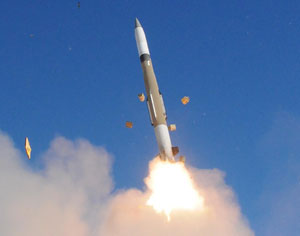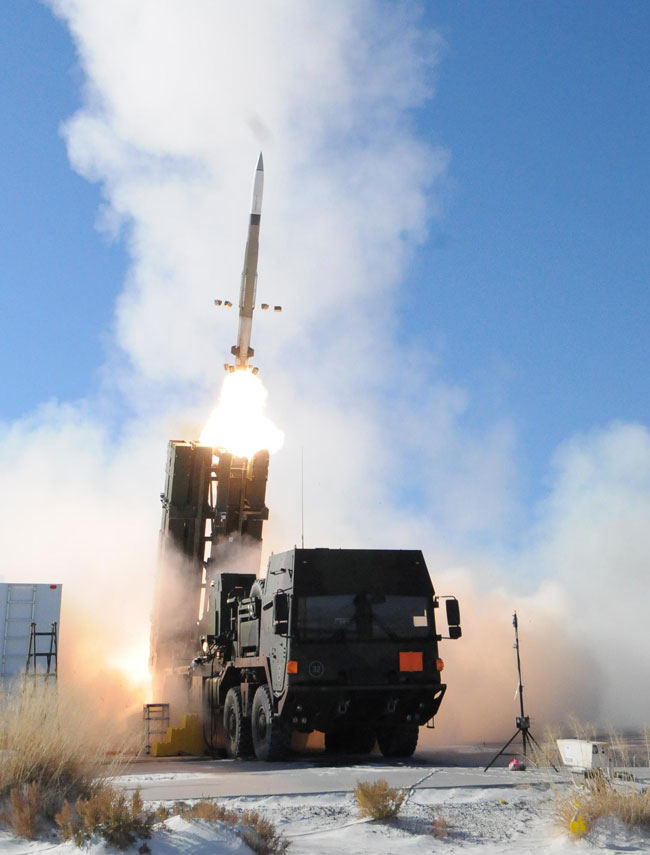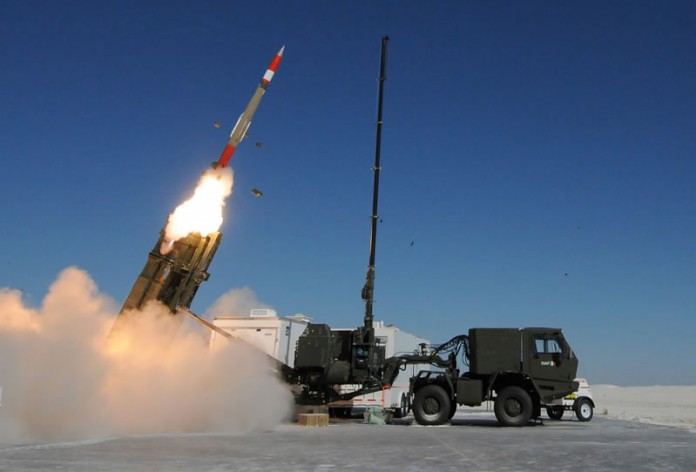
The tri-national Medium Extended Air Defense System (MEADS) program returns to the Polish air defense arena, positioned as a candidate for the Polish for Short Range Air Defense (SHORAD) requirement. MEADS is now positioned to fulfill three European programs, in Germany, Italy and Poland.
MEADS is currently being evaluated as a candidate for the German Taktisches Luftverteidigungssystem (TLVS), a new generation of air and missile defense that requires a flexible architecture based on strong networking capabilities. MEADS is also expected to become the basis of a national defense system in Italy. Formal decisions are expected from Germany and Italy early in 2015, and a follow‐on plan is being developed for transition.
According to MEADS program management agency NAMEADSMA analysis, MEADS is designed to defend up to eight times the coverage area of existing Patriot systems, with far fewer system assets with significantly reduced demand for deployed personnel and equipment and for airlift. MEADS is also designed for high reliability and needs fewer personnel to operate.

Poland has considering the multinational US-European MEADS program for its medium range air defense system (also known as WISLA). But MEADS has not made it to the finals, as the Poles demanded that only operationally proven systems will be considered (MEADS is still in the development phase).
[nonmember]Subscribe for the full report[/nonmember]
[ismember]WISLA required a weapon system capable of intercepting targets at medium to long range, with secondary missile defense capability. Late last year the Polish Armament Inspectorate announced it is embarking on a selection of a new, SHORAD system procurement called ‘Narew’, intended to cover ranges of up to 25km. The new acquisitions will be part of the broader air and missile defense shield Poland intend to deploy in the 2020s, at a cost of 7.1 billion euros ($8.8 billion).
The ‘Narew’ system will be capable to defend homeland and deployed forces from aircraft, helicopters, unmanned aerial vehicles and cruise missile threats. Companies believed to be included in the competition include the Polish Armaments Group (Polska Grupa Zbrojeniowa, or PGZ), the US-Norwegian consortium Kongsberg – Raytheon, as well as MEADS, MBDA and Thales from Europe, Rafael and IAI from Israel and Diehl BGT Defence from Germany – each likely to separately team with local industries to compete for the Polish program.[/ismember]
Although MEADS is ‘over qualified’ for such mission, MEADS International was invited to participate in the technical discussions expected to be held in the first quarter of 2015. “We have built and tested a new generation of networked air and missile defense radars, launchers and battle managers,” said MEADS International executive vice president Volker Weidemann. “MEADS is now ready for continuation programs in Germany and Italy, and for Poland’s Narew program.”
While ‘Narew’ requires less than what MEADS delivers, MEADS officials are confident their weapon system could provide a common system addressing Polands’ short and medium range requirements. ‘If MEADS would be selected for ‘Narew’, we believe Poland could reconsider the system for WISLA as well’ company officials commented.
“The nations recognize the need for a more versatile capability in air and missile defense,” said NAMEADSMA general manager Gregory Kee. “MEADS is designed to be flexible, agile and lethal against the evolving threats our adversaries are developing.”
The U.S. Army Aviation and Missile Research, Development and Engineering Command has recently reviewed the program to respond to interest within the US Department of Defense in leveraging MEADS technology. MEADS represents a $4 billion effort to develop, implement and prove next-generation air and missile defense system technology.




















